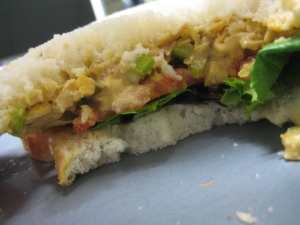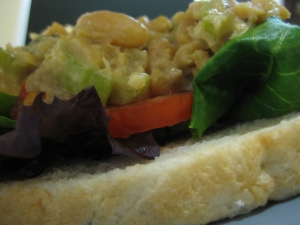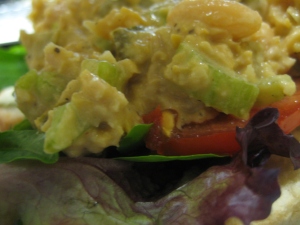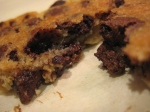Since the data says that 97% of people are against cruelty to animals, it’s time for a reality check folks. I don’t like to push politics and policy on this blog much, but the reality of it is factory farming is fricking terrible. It’s bad for the environment, it’s bad for the quality of food that omnivores consume and it’s effing terrible for the ANIMALS on the farms. Most people don’t realize that there are no federal laws protecting farm animals from cruelty while they are housed on a farm or during transport to slaughter. There are limited protections for cows and pigs at slaughter that are inconsistently enforced and no protections for chickens or turkeys. Factory farms—which raise and slaughter billions of farm animals each year—view animals as cheap commodities rather than as individuals with their own needs and feelings. The cruelty inflicted by factory farms on these helpless animals is unconscionably brutal and would be considered a felony if cats or dogs were the victims.
To raise awareness and a few bucks for the Farm Sanctuary’s amazing mission and work, in October I’m walking with Team Vegan GR in the Farm Sanctuary Walk for Farm Animals to give animals a voice and to challenge the cruel practices of the factory farming industry. Please support my participation in the Walk for Farm Animals by making a donation today!
For more than 25 years, Farm Sanctuary has relied on the Walk for Farm Animals to support its life-saving mission to protect farm animals from cruelty, inspire change in the way society views and treats farm animals, and promote compassion. For more information about Farm Sanctuary, please visit their web site: www.farmsanctuary.org.
Need additional inspiration? Education? A kick in the ass? Let’s talk turkeys:
Turkeys raised for human consumption are crowded into poorly ventilated industrial production facilities, sometimes with as many as 10,000 birds packed into a single factory building. In 2007, 265 million of these naturally explorative and socially sophisticated birds were slaughtered in the United States. Bred to grow alarmingly faster than their wild counterparts, turkeys suffer from numerous health complications, including heart disease and painful leg disorders.
- Due to selective breeding, commercial male turkeys rapidly grow to a weight 3 times larger than wild male turkeys in only 4 months. Rapid growth and resulting heavy body weight can lead to heart problems and painful leg issues, which can eventually lead to crippling.
- Male turkeys are bred to develop such large breasts that they can no longer mount females to reproduce naturally. Artificial insemination managed by humans is responsible for all reproduction in domesticated turkeys.
- Turkeys may be confined so tightly that each bird has only between 2.5 to 4 square feet of space each. This space only gets tighter as the turkeys grow larger.
- The dusty, ammonia-filled air inside these facilities is a consequence of poor ventilation and overcrowding. This highly contaminated air is associated with a host of health issues, including respiratory damage and irritated, swollen eyes.
- Because a single worker may be responsible for the care of as many as 30,000 birds, these and other illnesses and injuries can easily go unnoticed.
- Crowding at this level can cause turkeys to injure each other with sharp beaks and toes — a concern to producers because it damages the flesh — so turkeys often have portions of their beaks and toes removed at a young age. Turkeys are routinely debeaked, a painful process in which part of the sensitive, nerve-filled beak is removed using a hot blade, shears, or a high-voltage electrical current. It is also a practice for turkeys to have a portion of their toes removed with surgical shears. Each mutilation is done without pain reliever or anesthetic of any kind.
- Once they reach market weight — on average, 99 days for hens and 136 days for toms — turkeys are thrust into crates and transported to slaughter. Severe injuries, such as dislocated hips and wing fractures, have been reported as a result of rough handling during crating.
- Transport may involve travel over long distances, subjecting turkeys to unfamiliar noises, motion, and extreme temperatures. These stresses, coupled with the deprivation of food and water during transport, contribute to the hundreds of thousands of turkeys who die before they even reach slaughter.
- Following a stressful transport, turkeys arrive at the slaughterhouse. Although the Humane Methods of Slaughter Act requires animals to be rendered insensible before shackling and slaughter, the USDA does not interpret this law to include birds killed for food, and it does not protect turkeys
So WTF are you waiting for? Support me in my walk to educate the public about these egregious abuses and support legislation to end them. Gobble, gobble. That’s “thank you” in turkey.
























